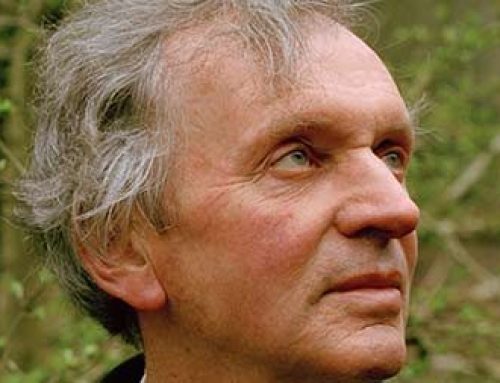Mysticism and Psychedelics: The Case of the Dark Night
Christopher Bache, 1991
To download a pdf, please click here.
Abstract
This study uses a model of consciousness derived from LSD-assisted psychotherapy to illumine an enigmatic set of painful experiences that occur on the mystic’s path known in Western circles as the “dark night.” It argues that the dark night experiences described in John of the Cross’s classic work Dark Night of the Soul can be conceptualized in terms of Stanislav Grof’s category of “perinatal experience.” The discussion examines the implications of this reconceptualization in three areas: (1) our understanding and evaluation of mysticism, (2) assessing LSD’s potential for fostering genuine spirituality, and (3) reassessing the ancient claim that the capacity to experience transcendental states of being is innate.
Background and Introduction
The publication of Aldous Huxley’s The Doors of Perception in 1954 touched off a heated debate among philosophers and theologians on “chemical” versus “natural mysticism” that lasted for about 15 years. Participants on both sides of this debate shared one point in common. In assessing the spiritual merit of psychedelic substances, they focused on the euphoric side of psychedelic experience. What intrigued them about these chemicals was their capacity to release a state of consciousness in the subject which was strikingly close to, if not identical to, mystical ecstasy. The phenomenological proximity of psychedelic “highs” to mystical “highs” led some to celebrate the mind-openers as initiating a new era of spirituality, while others criticized the sleight of hand of “instant” or “chemical mysticism.”‘ Aldous Huxley and R.C.Zaehner first defined the issues of the debate, which others adopted and refined in the years that followed.2
Fueling the protest against the psychedelic “high” was a gut sense of moral outrage. Philosophical subtleties aside, it did not seem fair that 400 micrograms of LSD on a sunny afternoon should open the same vistas to a curious college sophomore that a monk gave over 30 years of his life in prayer and meditation to realize. Supporting this position was the observation that the psychedelic experience did not appear to have the transformative value or staying power of experiences that occurred in more traditional spiritual contexts, even when the experiences themselves were phenomenologically quite similar. Huston Smith recommended a mediating position that recognized the legitimate mystical character of selective psychedelic experiences but questioned their relevance to genuine spiritual development. In the final analysis, mystical consciousness is not about transient peak experiences but a permanent transformation of consciousness, and this recreational tripping will not produce. Put succinctly, a mystical experiences does not a mystic make.’
Although this was an important debate, it ended in a standoff for essentially three reasons. First, scholarly discussion was soon overtaken by the social upheaval surrounding psychedelics in the sixties. The excesses of lay experimentation led to tighter legal restrictions that by the mid-seventies effectively ended all legally sanctioned research into the psychoactive effects of the major psychedelics. Second, discussants found themselves on opposite sides of the metaphysical court, speaking from within apparently incompatible ontological paradigms. The nature-supernature dichotomy preferred by Western orthodoxy and Zaehner clashed with the more organic ontological models favored by the East and Huxley. On the whole, the Eastern systems were less threatened by the psychedelic experience than Western ones, though they too were not enamored with them. Having never divorced heaven and earth as severely as had the West, it was less shocking to them that an earth-element might assist humans in bridging this gap, even if only temporarily.
Finally, and most importantly, the debate ended in a draw because it became clear that we simply understood neither psychedelics nor mysticism well enough to decide the questions being asked. We in the West lacked an adequate psychology of mystical consciousness, and the materialist bias of mainstream academic psychology as well as the reductionistic bias of main-stream clinical psychology discouraged the research necessary to develop one. The situation was even worse for psychedelics. Although many studies on LSD had appeared by 1965, we still lacked a comprehensive model of consciousness that could integrate the extraordinary experiences unleashed by this substance. Even as refined an anecdotal account as Huxley’s was no substitute for a paradigm that could synthesize psychedelic experience and current psychological theory.
Fortunately, we find ourselves in very different intellectual waters today. The transpersonal movement in psychology has survived its infancy and every year roots itself more deeply in American education. Dialogue between Eastern and Western traditions has accelerated in both psychological and theological circles, producing more substantive and informed exchanges and generating innovative attempts at synthesis.’ In addition, our understanding of psychedelics has matured considerably, with Stanislav Grof emerging as the world’s foremost authority on the psychoactive effects of LSD.

